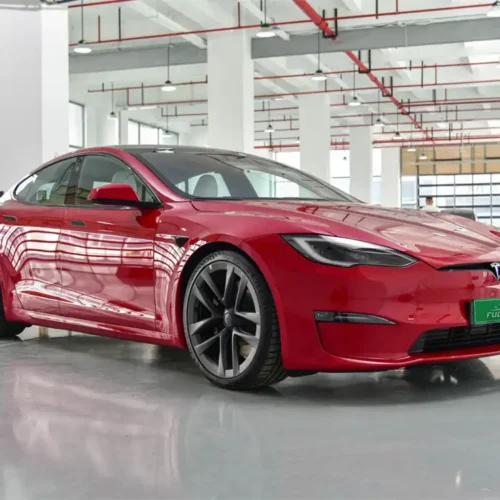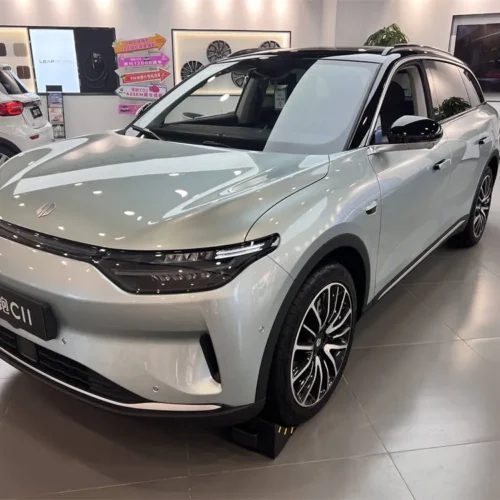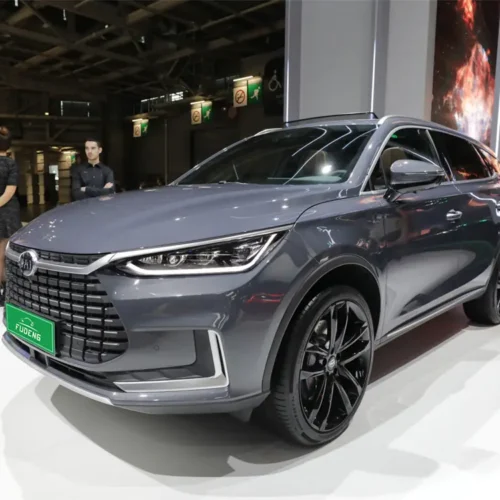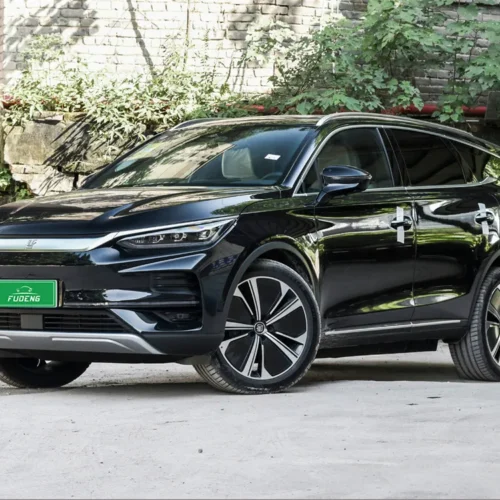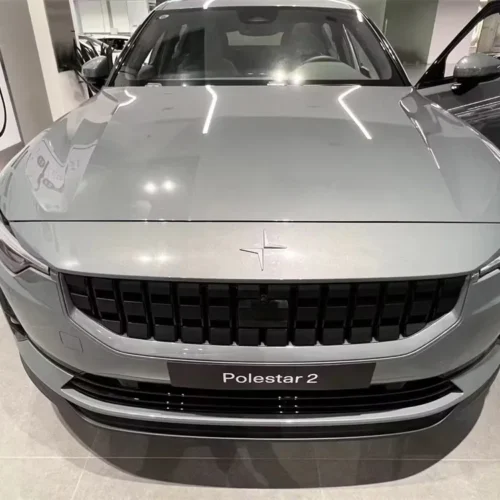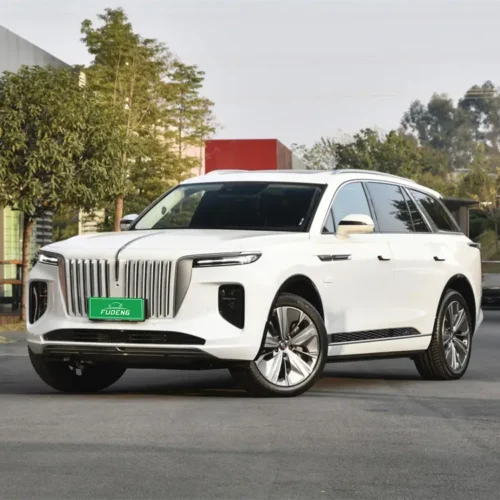The 2023 Toyota Highlander Twin Engine is currently priced at $46,637, the same price as the older model. The 2023 Toyota Highlander gets a cool Black Knight exterior package. The original dual-engine is renamed as intelligent electric hybrid dual-engine, and the power and torque of the engine are changed. Let’s take a look at the advantages and disadvantages of this car.
What Are the Differences between Intelligent Electric Hybrid System and the Old Version of Hybrid System?
On the 2023 Highlander, Toyota renamed the dual-engine to the smart electric hybrid dual-engine. This is actually to match the upcoming fifth-generation THS hybrid technology. Compared with the current fourth generation, the fifth generation highlights the electric hybrid, increases the battery capacity, and mainly optimizes the three-electric system. The battery motor is miniaturized to increase the power density of the battery. Switch from Ni-MH batteries to lithium batteries, reducing weight by 40%. The energy loss of the motor is reduced by 19% at high speeds. At the same time, the power of the entire power system has also been increased. But it should be noted that the 2023 Highlander is still equipped with the fourth-generation hybrid. The fifth generation will be the first to be used on Fenglanda twin-engine and Lingshang twin-engine.
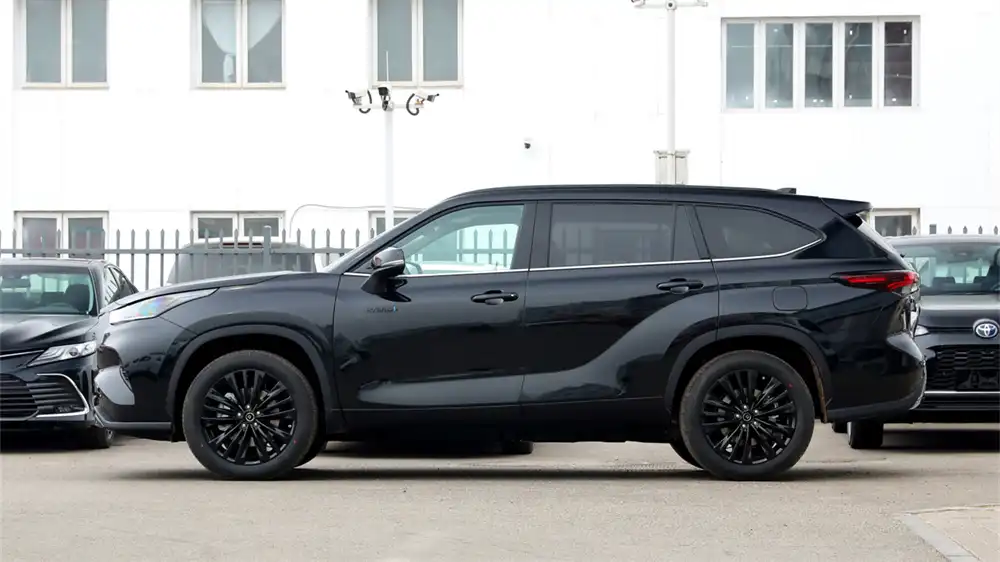
The core of the fourth-generation hybrid is the power split hybrid. The E-CVT power splitter has kept Toyota’s hybrids in the leading position for a long time. Due to the lack of pure electric endurance, it was surpassed by other hybrid technologies in the past two years. The fourth-generation THS uses a planetary gear set to distribute power from the internal combustion engine and electric motor. Like a CVT continuously variable transmission that adjusts and mixes the amount of torque from the engine and electric motor according to what the front wheels need. This integrated power distribution unit combines three mechanisms, including transmission, motor/generator set and electronic control unit.
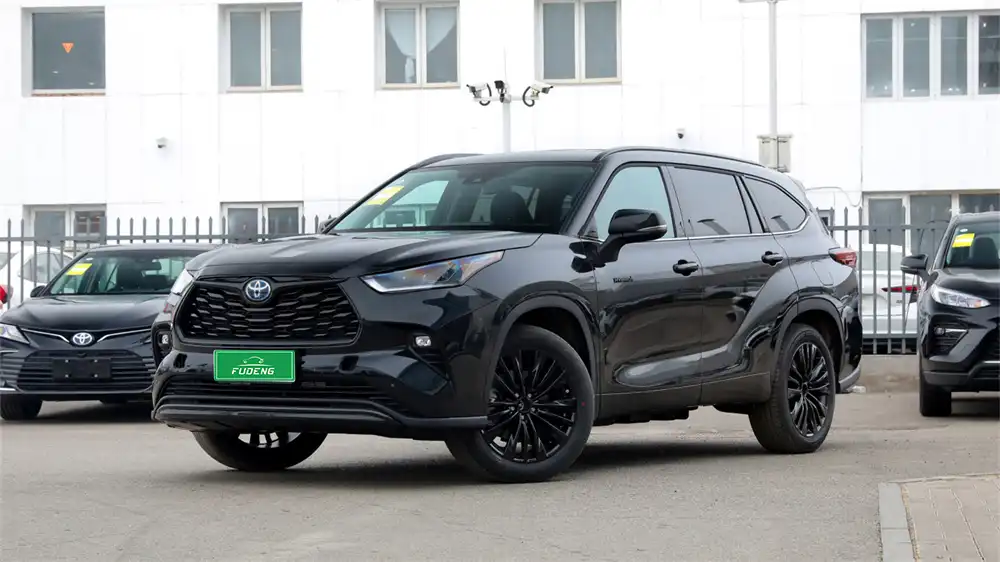
One of the motor/generators, MG2, is connected to the output shaft. Kinetic energy is recovered during reverse rotation, and the vehicle is driven during forward rotation to increase the torque of the wheels. The internal combustion engine end of the drive shaft has a second-stage differential. One end of this differential is connected to the internal combustion engine and the other end is connected to the second electric motor/generator MG1. Special couplings and sensors monitor the rotational speed of each shaft and the total torque on the drive shaft for feedback to the control computer, which ultimately distributes the power. Simply put, it is two electric motors + one internal combustion engine. The power is distributed automatically and intelligently through a summarizing device, so you don’t need to operate the driving mode when driving.

The advantage of the electric hybrid dual engine is that it can save fuel for the engine without the traditional multi-gear gearbox. On the one hand, it saves the cost of the gearbox and reduces the cost of hybrid vehicles. Hybrids sell at the price of fuel vehicles, which is also Toyota’s long-term advantage. On the one hand, there is kinetic energy recovery, and the motor can generate force to help the self-priming engine in the low-speed fatigue stage and increase low-speed torque. On the other hand, reduce the load on the engine and reduce fuel consumption.
The 2023 Highlander is still the fourth-generation product. The disadvantage is also relatively obvious, that is, the “old” Ni-MH battery is still used. Provided by the joint venture Kelimei, the volume is large and the capacity is small, which cannot allow the vehicle to travel long distances in pure electric mode.
Differences between New and Old Versions of Highlander
1. Drive
The maximum power of the 2.5L self-priming engine code-named A25D has been reduced from 192 to 189 horsepower. Peak torque has been reduced from 238Nm to 236Nm. However, the peak torsional speed range has been slightly increased, the peak value has exploded from 4200 rpm, and the maximum speed has increased from 4600 rpm to 4700 rpm, making the high-speed torque of the engine more sufficient.
The power of the electric motor remains unchanged, with a maximum torque of 270Nm, which makes up for the low-speed torque of the internal combustion engine. In terms of fuel consumption, although the data has increased from 5.3L to 5.82L. However, since the calibration was changed from NEDC to WLTC, the new regulations are more accurate, that is, the new data is closer to actual use.

2. Ride
The 4.965-meter car length and 2.85-meter wheelbase have not changed compared to the 2022 model. With such a size, the 3 rows of seats are slightly compact, and the third row can be used for emergency. In terms of suspension, the 2023 Highlander dual engine adopts the front McPherson rear three horizontal and one vertical E-shaped multi-link design. With the same structure as Corolla and other A-class cars, the ride comfort is up to standard. However, the high-speed cornering roll is obvious. For a 1.9-ton SUV, the front suspension without upper control arms has limited support.
The Elite version has a lower ride configuration. For example, it is equipped with fabric seats, no sunroof, electric adjustment of the main and co-pilot seats, lumbar support adjustment, and no seat heating and ventilation functions. This should be standard equipment on an SUV approaching $50,000. The 8-inch central display is equipped with Apple Carplay, Huawei HIcar and Baidu Carlife interconnection as standard, but lacks OTA upgrades, etc.
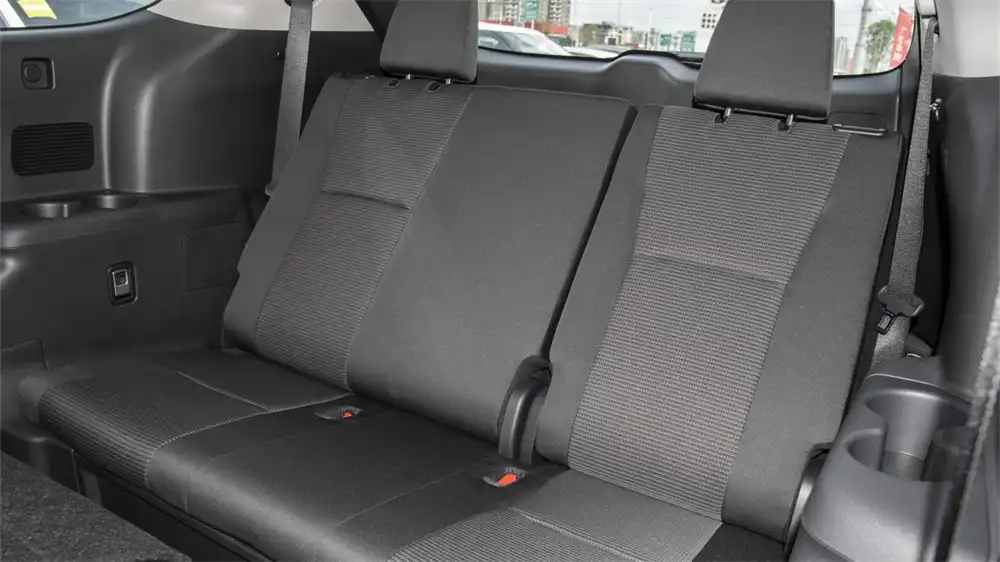
3. Safety/Parking
In terms of safety, the standard configuration of Highlander is high. Equipped with front and rear side airbags, front and rear head airbags, and knee airbags. The convenience of parking is not high. The entry-level elite version does not have a reversing image or front and rear parking radars. If you need these two configurations, you can only choose the premium version of more than 50,000 US dollars, and the 360-degree reversing camera is only available in the premium version.

Summarize:
Compared with the old model, the 2023 Highlander has not changed much. The power fine-tuning did not bring a new generation of THS hybrid, but only changed a name. The advantages of THS hybrid are obvious, which reduces fuel consumption, but in terms of riding, parking, reversing and entertainment, the configuration of the version less than 50,000 US dollars is low.


